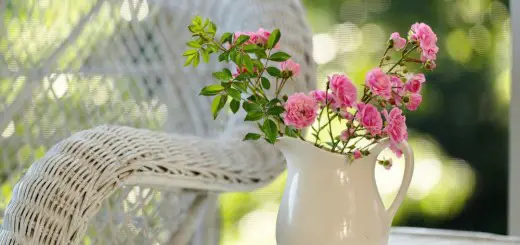Treating Outdoor Wood Surfaces. How to Prolong Its Life Expectancy and Keep It Looking Neat
Doors, window frames or shutters, as well as balustrades and other wooden elements outside the house or in the garden are exposed to damage under the influence of environmental factors and even destruction in fire. Sun, rain, snow, wind, pollution and so on affect the look and state of wood. That’s why treating outdoor wood surfaces is extremely important and involves several solutions for a complete protection.
The first thing you have to do to conserve your wood’s properties is to examine all outdoor wooden surfaces regularly. In normal conditions, a once a year examination should suffice. Horizontal surfaces, which are more exposed, should also be examined more thoroughly.
Treating wood with fire, woodworm, fungi or insect proofing substances increases its resistance against its natural enemies and hazard. It’s preferable not to apply these treatments separately, but to acquire a complex solution against all these damaging and potentially destructive elements.
You must also add a waterproofing treatment, in order to keep your fire, woodworm, fungi and insect proofing treatment active and to conserve wood’s physical qualities (because wood changes its dimensions when exposed to water).
Treating outdoor wood surfaces. Solutions
Before applying any treatment, you should abrade and clean the wood surface with grease remover. If you have already painted or varnished wood, then you have to remove the layer of paint/varnish.
Primer
It’s applied for closing the wood’s pores and for protection against insects, mold and even fire. Applying the primer also reduces the quantity of paint you have to apply afterwards.
Exterior wood varnish
It offers protective finish that prevents water impregnation, allowing the wood to breath. Those special varnishes also offer UV protection, colored ones being most efficient. But they don’t contain active substances against insects or fungi. A new layer of varnish should be applied every 3 – 10 years, depending on the product you use.
Credits: romtecgrup.ro, leroymerlin.ro
Photo credits: placndiy.co.za, eco-house.co.il, hgtv.com


















